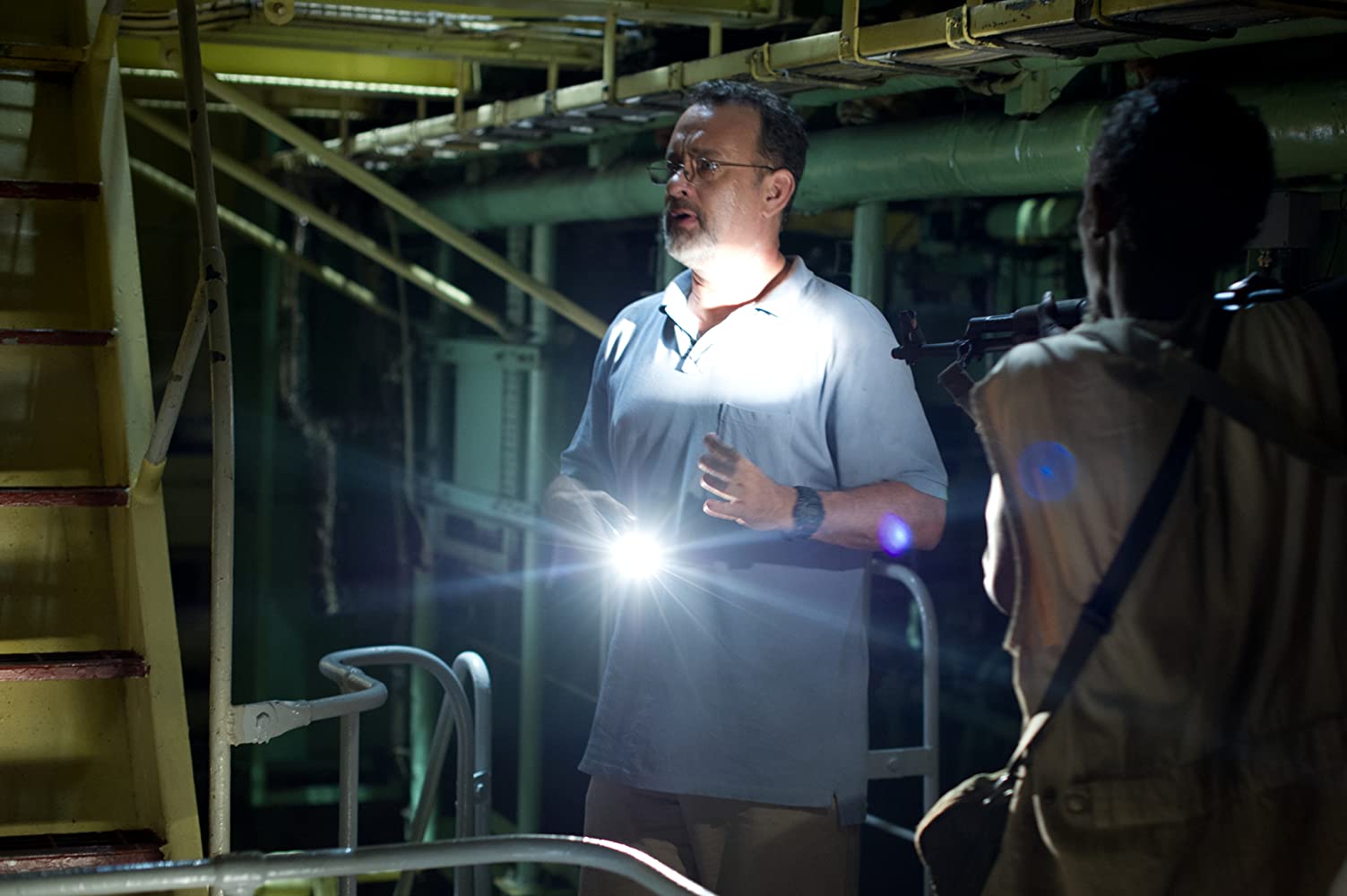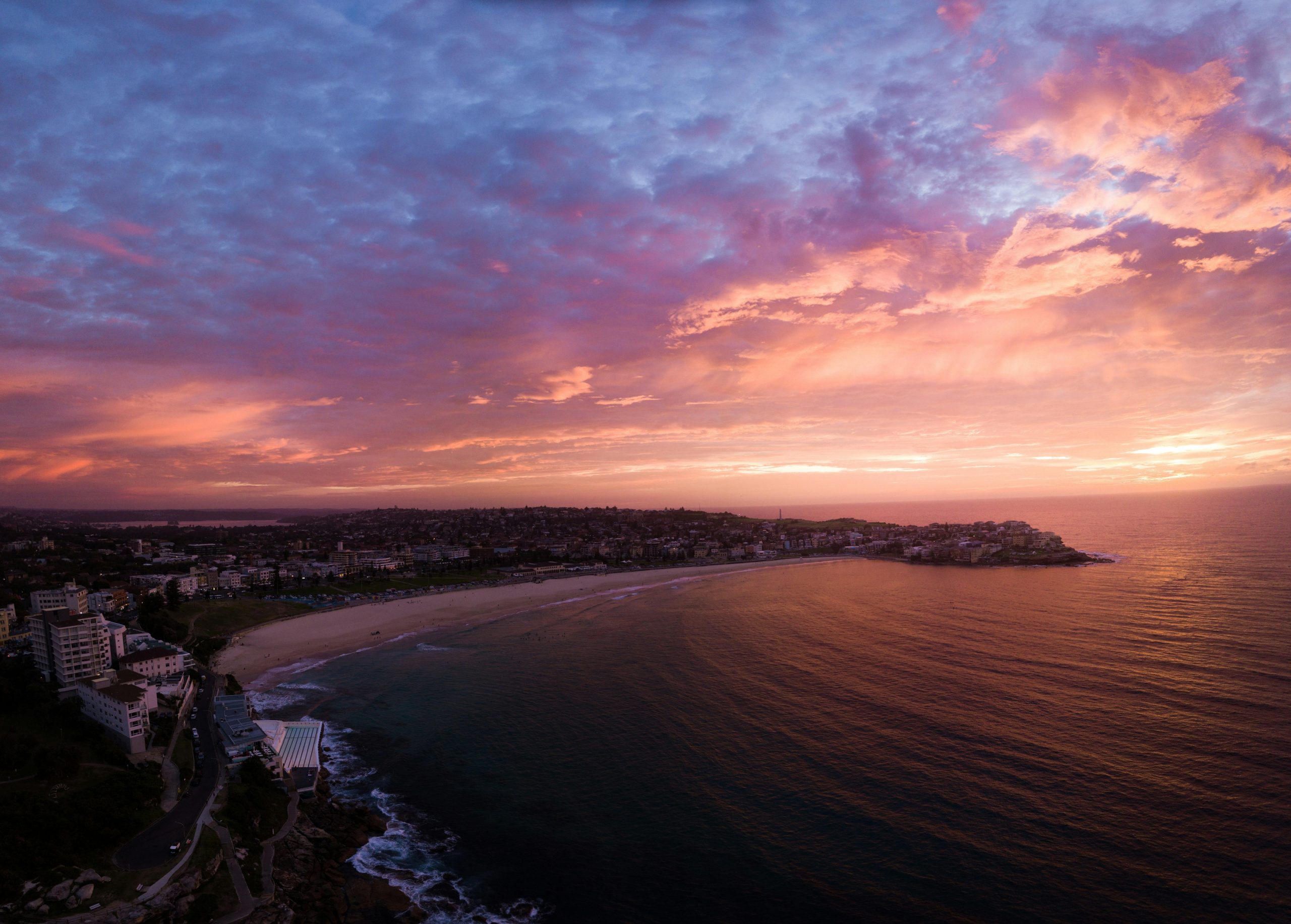
Tom Hanks puts on one of the best performances of his career in Captain Phillips, a very intense film directed by Paul Greengrass.
In 2009, the Maersk Alabama was hijacked by Somali pirates. Paul Greengrass revisits the hijacking while directing from a script written by Billy Ray. In this instance, the main focus is on Captain Richard Phillips (Tom Hanks) and pirate captain Abduwali Muse (Barkhad Abdi). It may be hard to believe but Phillips was captured for five days in April 2009.
When Phillips boards the ship on Oman, there were warnings in place about pirate activity in the area. It just so happens that they were undergoing a security drill when the pirates started chasing them. While Phillips studies the situation and takes advantage of the home court, it’s still a battle for life and death. One wrong move and it just might be the end as we know it.
Phillips is able to survive the ordeal thanks to the U.S. Navy destroyer USS Bainbridge. With orders in place to prevent the pirates from reaching the coach, a Navy SEAL team starts setting up a rescue operation. The third act is every bit intense as it needs to be. While we already know that Phillips survives the ordeal, it doesn’t necessarily mean that it’ll be easy to watch.
It’s not a lie to say that Tom Hanks was snubbed for one of the best performances in his career. He’s absolutely amazing in a performance that lives and dies on not only his acting but the film’s intensity. Of course, it’s also hard to determine who you’d pull from the nominees that year. I’m sure that Hanks being in Saving Mr. Banks didn’t do him any favors during awards season.
Prior to the film, Barkhad Abdi had never worked as a professional actor. One of a few actors picked from a casting call in Minnesota, he’s the one who has to go toe to toe with none other than Tom Hanks. Hanks may be one of the nicest men in the industry but as an actor, one could assume that they were intimidated in going up against a two-time Oscar winner. Abdi truly owns the role and his improvised line (Look at me, look at me–I’m the captain now.) remains one of the most frequently quoted lines in the movie.
The camera movement not only intensifies the stakes but allows us to get up close and personal. There are some films where this could be to the film’s disadvantage but this isn’t the case here. As members of the audience, we’re just as terrified as Richard Phillips and the crew. Henry Jackman’s score only intensifies the action at hand. Another reason why Greengrass is able to capture this intensity so real is because they aren’t shooting on a soundstage. They’re shooting on a sister container ship, the Maersk Alexander. It’s a huge ship but there’s little movement here for extra crew in terms of lighting, grips, etc. The USS Truxton stands in for the USS Bainbridge.
This is a film that lives and dies on its technical achievements. You can make a very strong argument about Barry Ackroyd being an Oscar snub for his cinematography. Barry Ackroyd’s documentary background is especially helpful with the smaller shooting spaces on the ship. Paul Greengrass, too. While there’s a lot going on behind the camera in terms of direction and cinematography, Christopher Rouse’s editing is where the story truly comes together.
As with any film purporting to be a biopic, there are always parts of the film that might not be fully accurate. Even though Captain Phillips is based on the captain’s memoir, crew members have made comments about the film’s inaccuracy. Other crew members were mostly satisfied but felt the film could have shown footage of the people in real life. At the end of the day, it’s still a narrative feature and not a documentary.
DIRECTOR: Paul Greengrass
SCREENWRITER: Billy Ray
CAST: Tom Hanks, Barkhad Abdi, Barkhad Abdirahman, Faysal Ahmed, Mahat M. Ali, Michael Chernus, Corey Johnson, Max Martini, Chris Mulkey, Yul Vazquez, David Warshofsky





